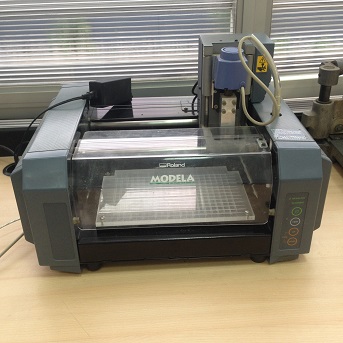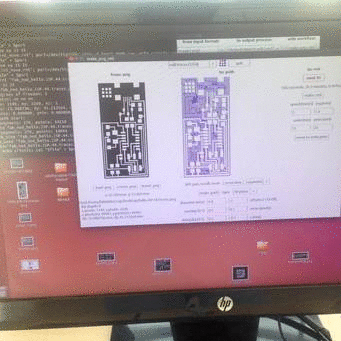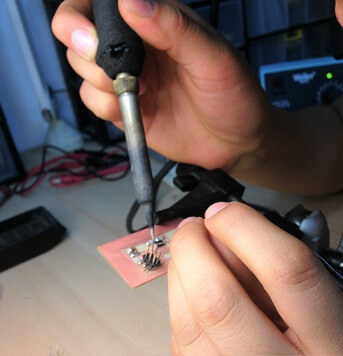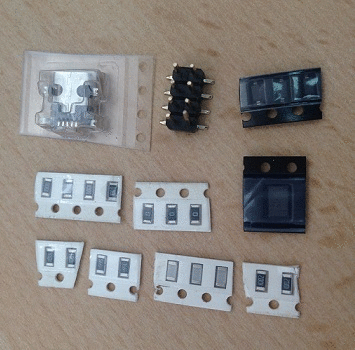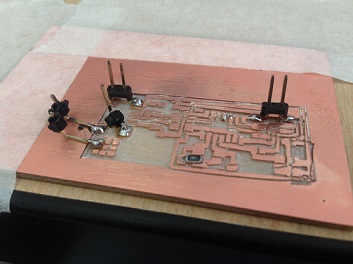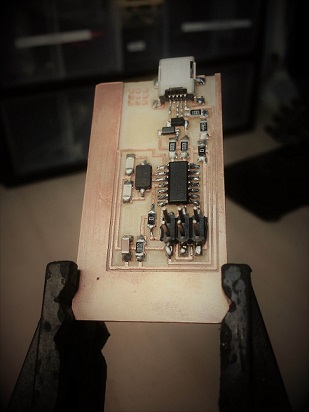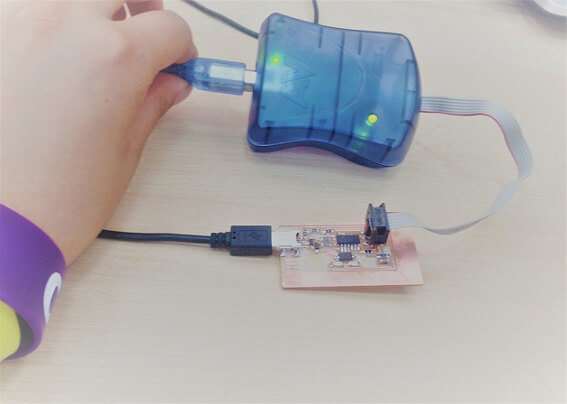Week 4: Electronics Production
*Make an in-circuit programmer by milling the PCB (program it, so that you can use it to program your board in Electronics Design week, and in other weeks).
*Optionally, trying other processes.
Learning outcomes:
*Describe the process of milling, stuffing, de-bugging and programming.
*Demonstrate correct workflows and identify areas for improvement if required.
Have you:
*Shown how you made and programmed the board.
*Explained any problems and how you fixed them.
*Included a ‘hero shot’ of your board.
My global evaluator ask me: In the class page you can download the file to cut the board with a 1/32 mill. Instead you have used a guillotine to do it. Why have you do that?
It is a good question, I didn't try to cut with the 1/32 mill in this assignment, but you can do it, I tried but in this assignmentweek14 and week 16
Honestly, I had not done it because I was told that the sacrificial table could be damaged, and when it was the first time I made a card, the Fab Lab gave me the indication to do it with the guillotine. But after trying in the weeks that I already told you, it was effective, the detail is to do it with a lot of pressure, taking the exact measurements of where you locate the point of origin, this way you can save a lot of material (boards) Cards giving different edges, in this case I only made squares, but it occurred to me that you'd make cards with asymmetrical shapes, clouds, hearts, or others.
This was my favorite part, to start soldering. I had not done it before and I heard many comments about how complicated it was and the care it required.
